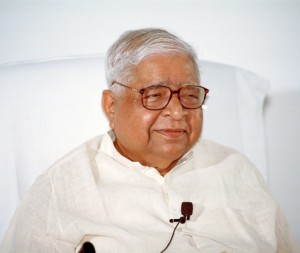Vipassana in the Buddhist tradition means “insight” into the true nature of reality.
Commonly used as a synonym for Vipassana-meditation, it includes any meditation technique that cultivates insight including contemplation, introspection, observation of bodily sensations, analytic meditation, and observations about lived experience. Vipassana-meditation is thought to develop insight into the impermanence of all phenomena, and thereby lead to a permanent liberation.
By observing the breath one becomes aware of the perpetual changes involved in breathing, and the arising and passing away of mindfulness. One can also be aware of and gain insight into impermanence through the observation of bodily sensations and their nature of arising and passing away.
 The Vipassana meditation as taught by S. N. Goenka:
The Vipassana meditation as taught by S. N. Goenka:
“Move your attention systematically from head to feet and from feet to head, observing in order each and every part of the body by feeling all the sensations that you come across. Observe objectively; that is, remain equanimous (Upekkha) with all the sensations that you experience, whether pleasant (which creates attachment), unpleasant (which creates aversion) or neutral, by appreciating their impermanent nature. Keep your attention moving. Never stay for more than a few minutes at any one place. Do not allow the practice to become mechanical. Work in different ways according to the type of sensations you experience. Areas of the body having different gross sensations should be observed separately by moving the attention part by part. Symmetrical parts, such as both arms or both legs, having similar subtle sensations, may be observed together simultaneously. If you experience subtle sensations throughout the physical structure, you may at times sweep the entire body and then again work part by part.”
Vipassana-meditation has gained popularity in the west through the modern Buddhist Vipassana movement, modelled after Theravāda Buddhism meditation practices, which employs Vipassana and ānāpāna meditation as its primary techniques and places emphasis on the teachings of the Satipaṭṭhāna Sutta. The meditation involves the realization of the three characteristics of existence: impermanence (anicca), suffering (dukkha), and no-self (anatta).